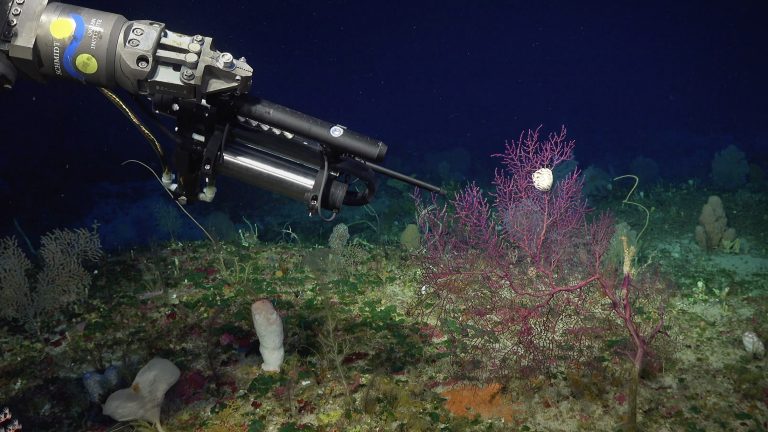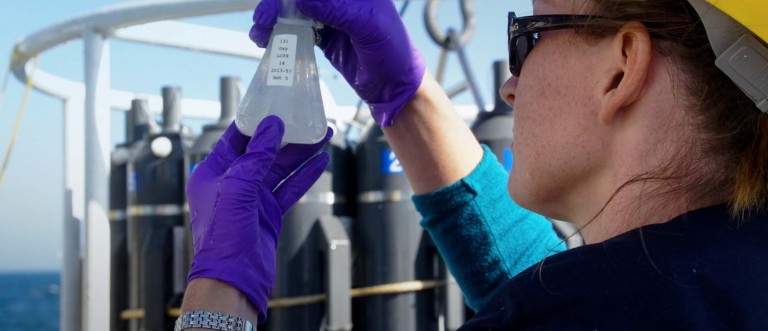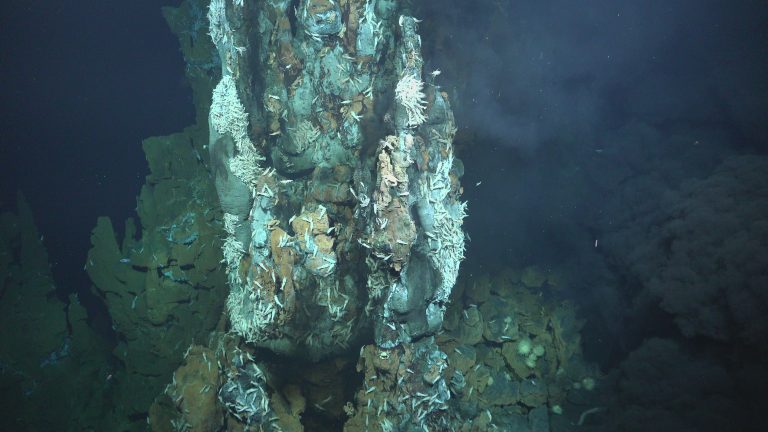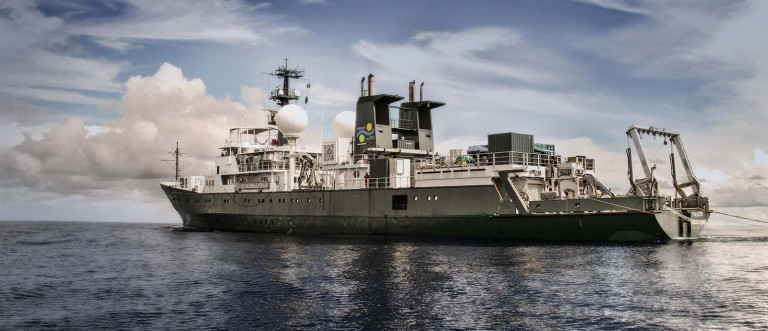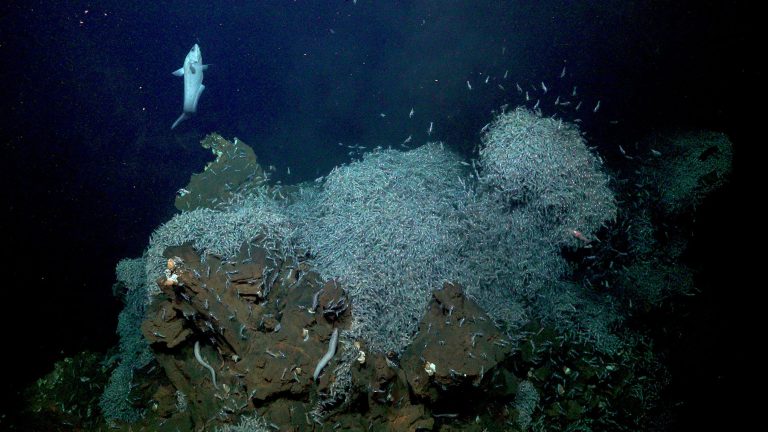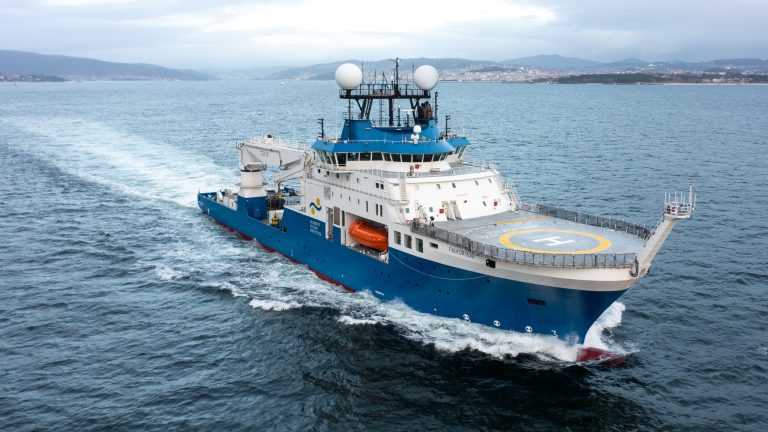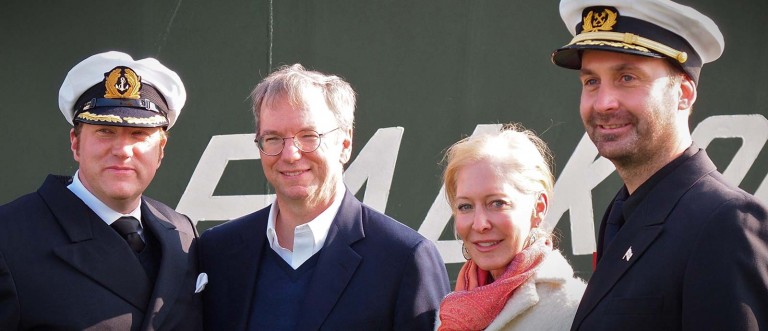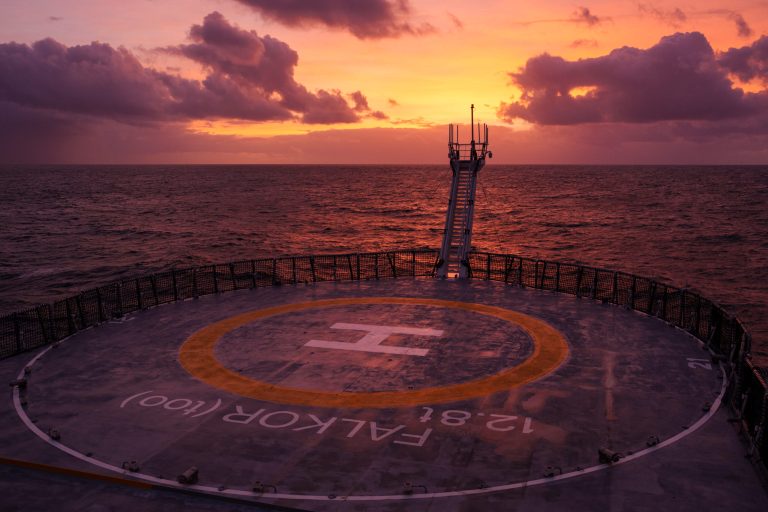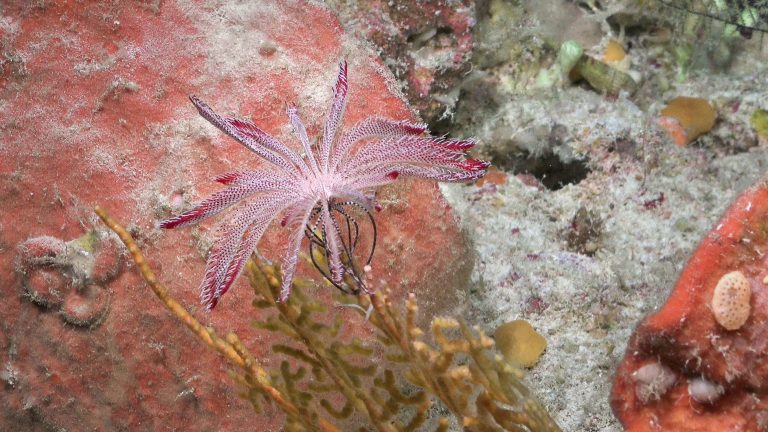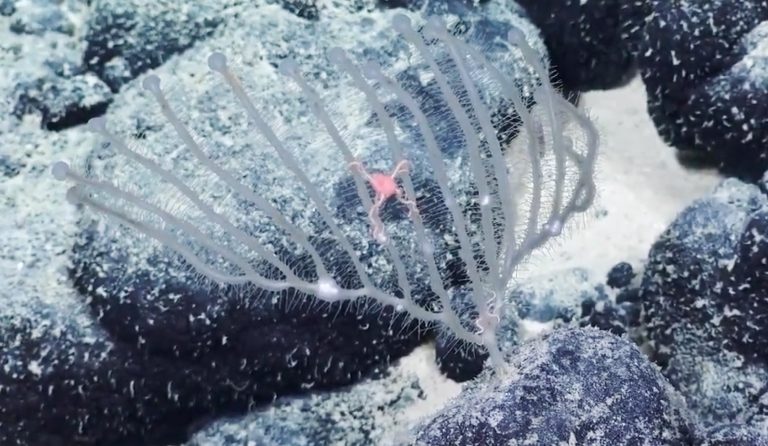Page: Water Sampling Carousel & CTD
R/V Falkor (too) hosts a Conductivity, Temperature, and Depth (CTD) rosette system for characterizing physical and chemical parameters of the ocean. It carries a Sea-Bird Electronics 911plus CTD system on a rosette carrying 24 twelve-liter Niskin Bottles. CTD sensor configurations are customized for each cruise requesting CTD use and may include: Two temperature sensors (SBE … Continued
